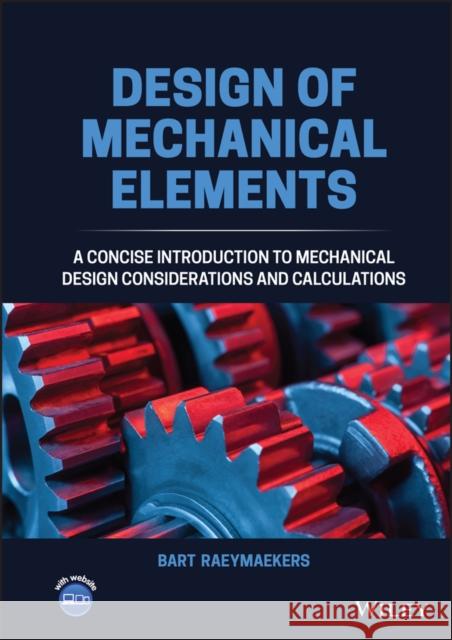Design of Mechanical Elements: A Concise Introduction to Mechanical Design Considerations and Calculations » książka
topmenu
Design of Mechanical Elements: A Concise Introduction to Mechanical Design Considerations and Calculations
ISBN-13: 9781119849919 / Angielski / Twarda / 2022 / 256 str.
Design of Mechanical Elements: A Concise Introduction to Mechanical Design Considerations and Calculations
ISBN-13: 9781119849919 / Angielski / Twarda / 2022 / 256 str.
cena 417,33
(netto: 397,46 VAT: 5%)
Najniższa cena z 30 dni: 416,47
(netto: 397,46 VAT: 5%)
Najniższa cena z 30 dni: 416,47
Termin realizacji zamówienia:
ok. 30 dni roboczych
Dostawa w 2026 r.
ok. 30 dni roboczych
Dostawa w 2026 r.
Darmowa dostawa!
Kategorie:
Kategorie BISAC:
Wydawca:
Wiley
Język:
Angielski
ISBN-13:
9781119849919
Rok wydania:
2022
Ilość stron:
256
Waga:
0.70 kg
Wymiary:
25.6 x 18.21 x 2.21
Oprawa:
Twarda
Wolumenów:
01











